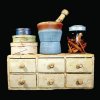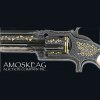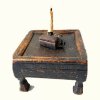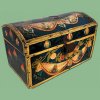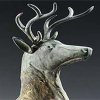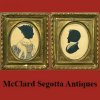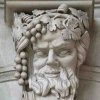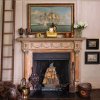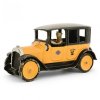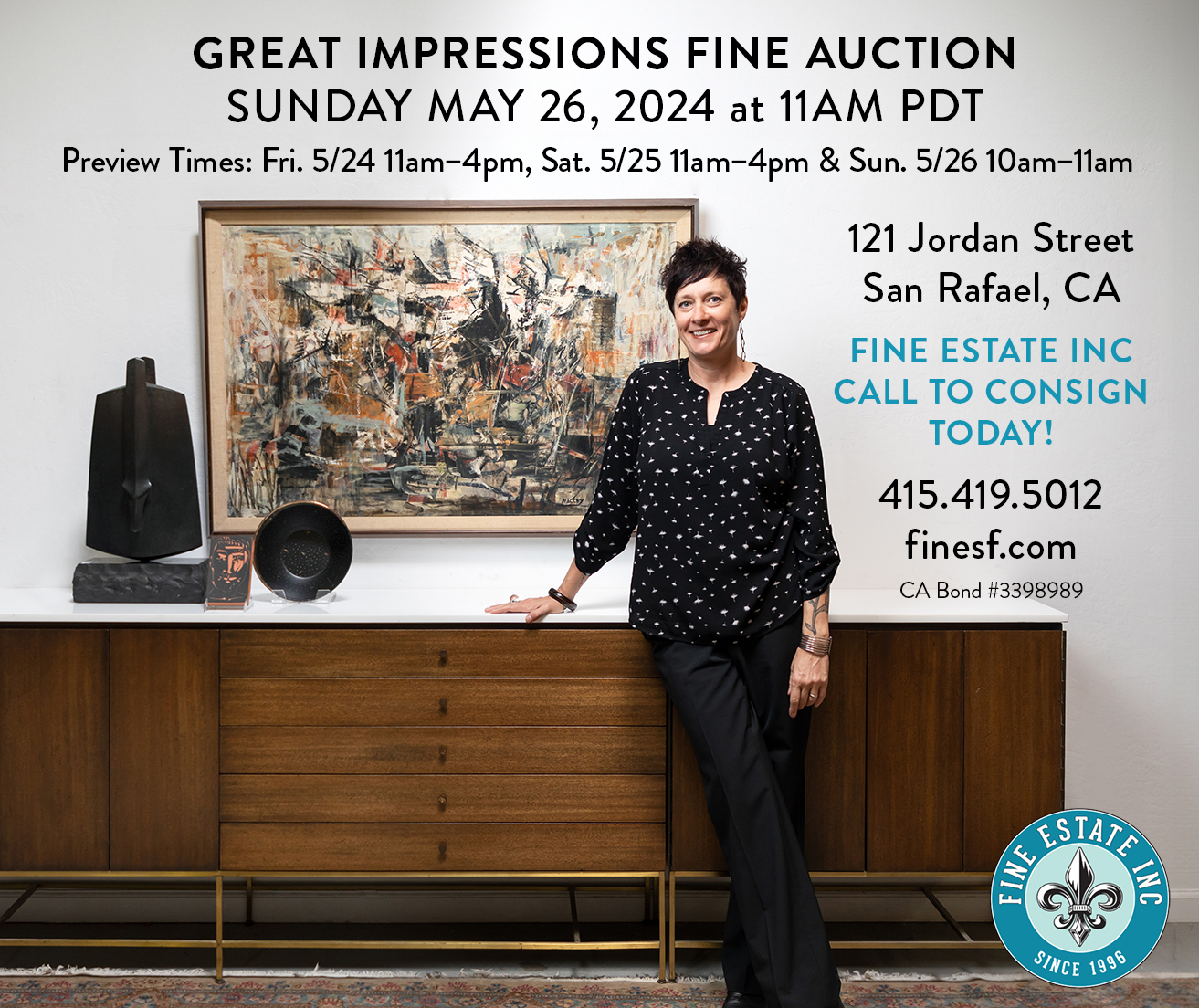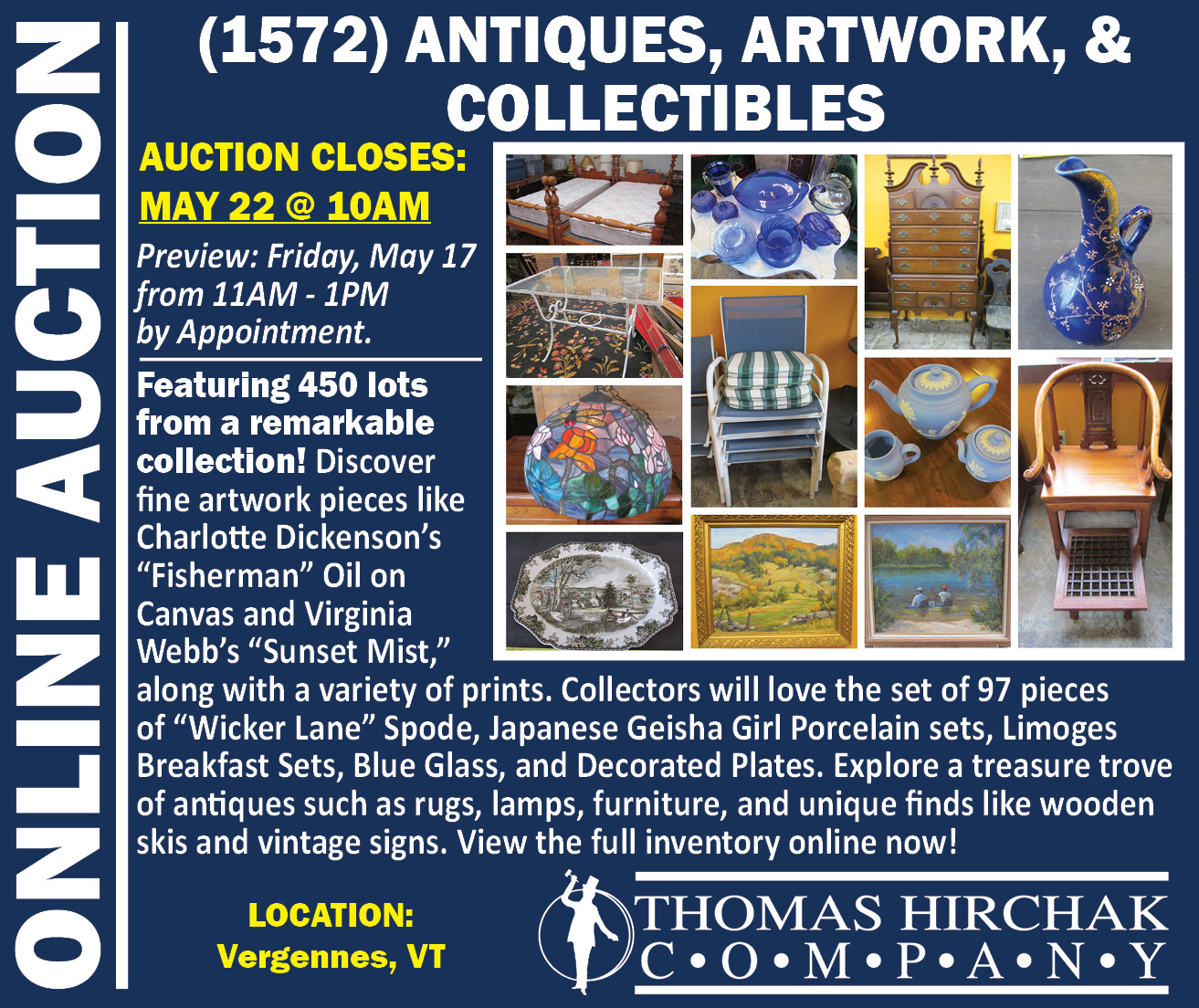American Paintings, Furniture, & Decorative Arts
October 7th, 2015
Doyle New York, New York City
Photos courtesy Doyle New York
Portraits, landscapes, and a few pieces of silver were the notable sales in Doyle’s American paintings, furniture, and decorative arts auction on October 7, 2015. Works consigned by the Metropolitan Museum of Art, including two portraits by Gilbert Stuart, as well as a folk art painting by W. H. Browne were the highlights, overshadowing the lackluster furniture offerings.
Five paintings and two sculptures consigned to Doyle from the Metropolitan Museum of Art contributed approximately $125,000 to the paintings sale total of $662,250. Overall the sale totaled $824,131 (with buyers’ premiums), with 82% of lots sold and 93% sold by value.
“I’m delighted with the response to the Stuart portraits,” said Anne DePietro, head of Doyle’s American paintings department. “Even with some condition issues, the Lee painting [a portrait of either Charles Lee, attorney general during the administrations of George Washington and John Adams, or a gentleman of the Lee family] was a beautiful, sensitive portrait. It’s marvelous when we have a portrait of historical significance…[where a sitter’s] name resonates with American history lovers,” she added.

Gilbert Charles Stuart (1755-1828) painted this portrait of Englishman Charles Wilkes (1764-1833), nephew of John Wilkes, lord mayor of London, circa 1794. Wilkes came to America toward the end of the Revolutionary War and went on to become president of the Bank of New York and the first treasurer of the New-York Historical Society. The portrait was given to the Metropolitan Museum of Art in 1922 by a descendant of the family. A phone bidder bought the 30 1/8" x 25 1/8" oval oil on canvas for $34,375 (est. $15,000/25,000).

This portrait by Gilbert Stuart, thought to be either Charles Lee (1758-1815), attorney general during the administrations of George Washington and John Adams, or a gentleman of the Lee family, was also consigned by the Metropolitan Museum of Art. The 30" x 25" oil on canvas brought $40,625 (est. $8000/12,000) from a bidder on the phone.

This portrait of Commodore Stephen Decatur (1779-1820), once thought to be by Gilbert Stuart but now considered to be a copy after the portrait of Decatur by Stuart in the collection of Independence National Historical Park in Philadelphia, sold to a phone bidder for $20,000 (est. $2000/3000). The oil on canvas, 30¼" x 25", painted after 1813 but before 1847, had been gifted to the Metropolitan Museum of Art in 1924 by Charles Allen Munn of West Orange, New Jersey.
There were a couple of disappointments, she said, noting the sale price of an oil painting by Jasper Francis Cropsey, River Landscape (Landscape with Figures), which sold to a phone bidder for $40,625 (est. $40,000/60,000). “It was spectacular, with no in-paint,” DiPietro said. “It was pristine.”
Additionally, the cover lot of the catalog, a watercolor by Thomas Waterman Wood, Only a Dime, 1887, of a young boy selling feather dusters, failed to sell at auction, passing at $10,000 (est. $15,000/25,000).
 Thirty people were in the salesroom when the auction began, and bids came from the room and the phones. Internet bids were “quieter than usual,” noted DiPietro.
Thirty people were in the salesroom when the auction began, and bids came from the room and the phones. Internet bids were “quieter than usual,” noted DiPietro.
A 56¼" x 55¼" landscape by Alexander Helwig Wyant, In a Still Forest, generated interest in the salesroom and on the telephones, eventually selling to a phone bidder for $37,500 (est. $5000/7000). The oil painting was one of the largest canvases made by Wyant (1836-1892), according to Anthony E. Battelle, an authority on Wyant, explained DiPietro. The same phone bidder purchased seven other paintings at the sale, including three by David Johnson, oils by Victor de Grailly and Edmond C. Coates, and a watercolor and an oil each attributed to William Trost Richards.

This large oil painting by Alexander Helwig Wyant (1836-1892), In a Still Forest, signed “A.H. Wyant” and dated 1882, inscribed as titled on the reverse, sold for $37,500 to a bidder on the phone who purchased several other paintings in the sale. The 56¼" x 55¼" painting was estimated at $5000/7000. Wyant is known for his Tonalist landscapes and genre paintings. “Every tree in this painting was botanically correct,” said DiPietro, who thanked Anthony Battelle of New Hampshire, an authority on Wyant, for his assistance.
In the furniture section of the sale, which one dealer described as “limited, with condition problems,” a Chippendale mahogany tassel-back side chair, New York, circa 1770, sold to a New Jersey collector for $6250 (est. $8000/12,000).There were two bids from the Internet, but the collector, bidding on the phone, waited it out. The collector has several other chairs in his collection, some with “gadrooning variants,” for which he paid three and four times as much, he explained in a telephone interview. More than a dozen similar chairs, property from the Hascoe family collection, were sold at Sotheby’s on January 23, 2011. The chairs were part of various sets made for the van Rensselaer family and also for Whitehead Hicks, mayor of New York in the mid-18th century. The chair at Doyle came from a private collector whose parents had bought it at Ginsburg & Levy, New York City, in the 1950s.
A French silver snuff/tobacco box, engraved “Charles Carroll of Carrollton,” sold on the phone to the Homewood Museum, Baltimore, for $11,250 (est. $1000/2000). Carroll was a signer of the Declaration of Independence and Maryland’s first U.S. senator. The Carroll family consigned the box to Doyle along with documented private ownership over six generations.
A circa 1775 silver teapot by Philadelphia silversmith John Jenkins, with a finial of a lion on the cover, 9" long and engraved “Fanny Cadwalader,” sold on the phone for $5000 (est. $5000/7000) to a bidder who purchased several other lots of silver.
Doyle’s next American paintings, furniture, and decorative arts sale will take place in the spring. Further information can be found online (www.doylenewyork.com).

Family Group with a Parrot, 1838, 39¼" x 53", by W. H. Browne, was gifted to the Metropolitan Museum of Art in 1973 by Edgar William and Bernice Chrysler Garbisch. It sold to folk art collectors Suzanne and Michael Payne of Carmel, New York, who paid $10,000 (est. $5000/7000) for it. Mike Payne was in the salesroom and said he was “delighted” to purchase it. “Browne’s family group is a rare example of what is referred to as the ‘English Conversation Piece’ style, where multiple figures of a family were presented on a large canvas as often full life-sized images within the relaxed setting of the family parlor,” Payne explained in an e-mail. Signed and dated by the little-known artist W. H. Browne, the painting was recently restored by the Met, which included relining, a custom stretcher, and a reproduction grain-painted frame by the New York City firm Heydenryk, said Payne.

Morning on the Lake, 1872, by David Johnson (1827-1908) sold to a bidder on the phone for $15,000 (est. $2500/4500). The same buyer purchased two other Johnsons (not shown) for $3750 (est. $2500/4500) and $4375 (est. $800/1200). “[Morning on the Lake] was a prettier painting, and the frame has never been regilded,” said Anne DiPietro, head of American paintings at Doyle. “[On the Wa-wa-yan-da, Orange County, New York,($3750)] was interesting historically, because Johnson studied and lived with Jasper Cropsey, and the same bridge in this painting is featured in one by Cropsey,” she explained.

This pair of Queen Anne brass andirons, 18th century, sold to Providence, Rhode Island, dealer Stanley Weiss for $1500. They were estimated at $300/400; each 16½" high andiron has a ball finial on a ring-turned baluster stem and an arched base with disk feet.

This 18th-century Chippendale mahogany tea table, described in the catalog as “probably New York…inset with a silver plated plaque,” belonged to George Washington and was used by him in his quarters at Newburgh, New York. It sold for $5000 (est. $800/1200) to a phone bidder. The underbidder, who was in the room and bowed out at $3000, said he had inspected the table and found the birdcage supports “unique,” and the plaque, when he removed it from the table, had a washer under the hexagonal nut that was stamped “sterling.” Time didn’t permit him to research further, he said in a phone interview, but, he said, “I was hoping it was a Virginia table.”
Originally published in the January 2016 issue of Maine Antique Digest. © 2015 Maine Antique Digest










